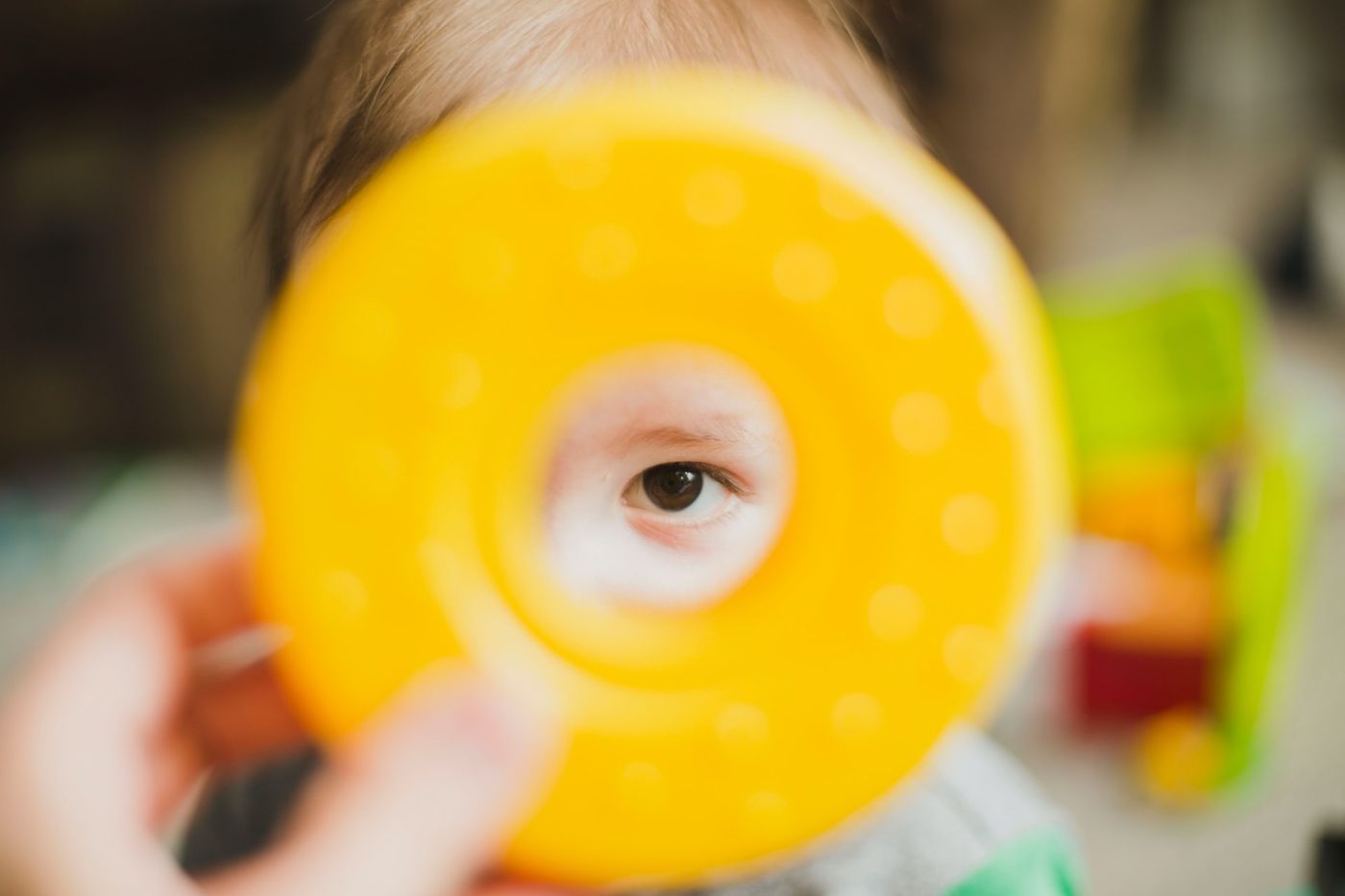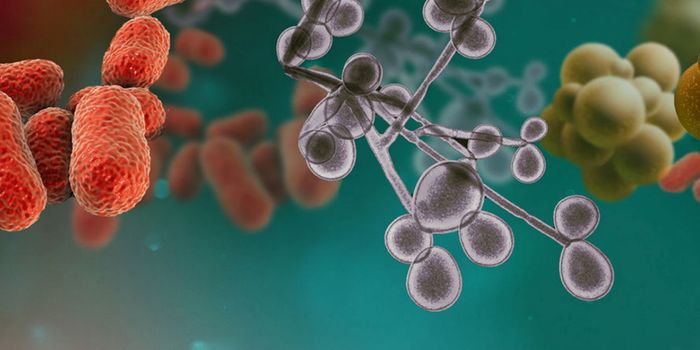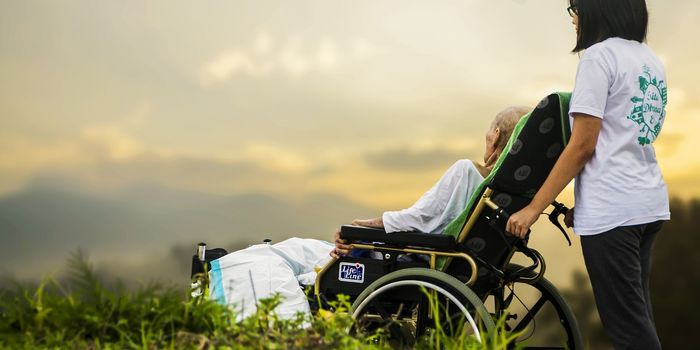How Babies Look at Objects Linked to Future Autism Diagnoses
At nine months old, most babies have started moving around independently and are curiously exploring the exciting new world around them. At this stage, infants can often be observed picking up toys and other objects with both hands to give them a closer look.
According to researchers at the University of California, how babies visually inspect these objects could be linked to a future diagnosis of autism spectrum disorder, or ASD. The researchers reported these findings in the Journal of Abnormal Psychology.
In the US, an estimated 1 in 54 children has been diagnosed with ASD, a statistic that is elevated to 1 in 5 if the children have older siblings with the condition. Early screening for ASD can help families initiate medical interventions sooner upon receiving a positive diagnosis, significantly improving future health and behavioral outcomes for these children.
In their study, the researchers analyzed a cohort of 89 babies with older siblings who had previously received an ASD diagnosis (considered a high-risk group). They also studied a control group of 58 babies classed as low risk. The infants were monitored as they completed a set task to assess how they engage with objects at various stages of their development, from 9 to 36 months of age.
The researchers found that at nine months old, infants who went on to receive an ASD diagnosis showed consistent and prominent signs of what they termed 'unusual visual inspection'. These behaviors included looking at objects out of the corners of their eyes, uninterrupted staring at objects for over ten seconds, looking at things with one eye closed, or holding objects very close to their faces.
In addition, the examiners measured the degree of the infants' social engagement at every assessment session, noting how frequently the babies made eye contact, smiled at other people and how comfortable and responsive they were in social settings.
Ultimately, the researchers concluded that unusual visual inspection early in life was linked to escalating and detrimental effects on social behavior as the babies grew older.
"Findings from our study suggest that unusual visual exploration of objects may be a valuable addition to early screening and diagnostic tools for ASD," commented Sally Ozonoff, principal investigator of the study.









